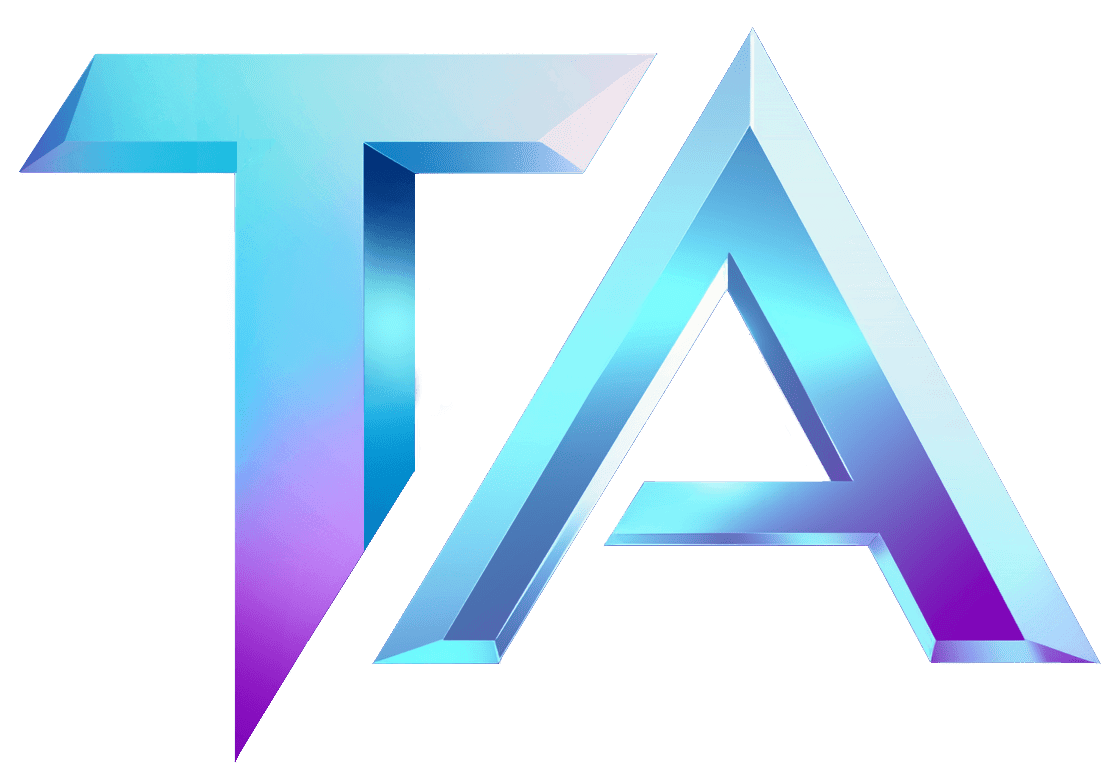Databricks & Star Atlas: A Titan Analytics Insight

Databricks & Star Atlas: A Titan Analytics Insight
In the world of data analytics, Databricks has established itself as a powerful platform for transforming large datasets into meaningful insights. Star Atlas, a next-generation gaming universe built on the Solana blockchain, presents myriad opportunities for data analytics. This article explores how the integration of Databricks can enhance Star Atlas analytics, paving the way for better decision-making and strategic planning for players and developers alike.
What is Databricks?
Databricks is a cloud-based data platform that simplifies data processing, analytics, and machine learning. It allows teams to collaborate seamlessly on big data projects, utilizing Apache Spark under the hood for fast data processing. Its capabilities range from data preparation and visualization to advanced analytics, making it a versatile tool for organizations of all sizes.
Understanding Star Atlas
Star Atlas is more than just a game; it’s an expansive space-themed universe that combines elements of strategy and economy, offering players the chance to own, trade, and explore in a decentralized environment. As players engage in missions, trade ships, and formulate strategies, a treasure trove of data is generated, from player behavior analytics to economic transaction data.
The Intersection of Databricks and Star Atlas
Integrating Databricks with Star Atlas can elevate the analysis of this rich dataset in several ways:
-
Real-Time Data Processing: With Databricks, Star Atlas can analyze in-game transactions and player behavior in real time. This leads to timely insights that can influence game development and marketing strategies, allowing for iterative improvements based on direct feedback from player interactions.
-
Collaborative Analytics: Databricks promotes collaboration among data scientists, developers, and game designers. By sharing insights through interactive dashboards and notebooks, teams can quickly align on objectives, setting the stage for more effective project management and updates.
-
Advanced Machine Learning: By leveraging Databricks’ ML capabilities, Star Atlas can deploy predictive models that forecast player behavior and in-game economies. For example, analyzing trends in player spending or ship trading can help determine which features to emphasize or tweak for a better user experience.
-
Scalability: As Star Atlas grows, so does the volume of data generated. Databricks’ cloud infrastructure ensures that the platform can scale, seamlessly handling increased data loads without losing performance. This means players and developers will always have access to the latest insights, regardless of how large the game’s ecosystem becomes.
- Visualizing Complex Data: Databricks allows for robust data visualization tools that make it easier to interpret complex datasets. For stakeholders in Star Atlas, this means being able to quickly grasp trends and patterns that would otherwise be buried in raw data.
Conclusion
Combining the analytics prowess of Databricks with the dynamic universe of Star Atlas creates a powerful synergy. By utilizing advanced data processing and machine learning capabilities, Titan Analytics enables players and developers to make more informed decisions and enhance the overall gameplay experience.
For those interested in diving deeper into Star Atlas analytics, check out our data modules at Titan Analytics Star Atlas Modules. If you have any questions or would like to collaborate, please feel free to reach out at Titan Analytics Contact.




